Traditional oxidizing biocides, such as sodium hypochlorite (bleach) and gaseous chlorine, are commonly used in bulk water sanitization applications. However, these chemistries can cause significant operational challenges. Industrial operations can potentially avoid these problems and significantly reduce their operating costs by switching to the ClearPoint℠ biofilm detection and control program.
Traditional oxidizing biocides have been used for decades to control microbiological activity in water-intensive industrial operations. However, although they effectively control planktonic microorganisms, which are free floating, they are unable to penetrate and control sessile microorganisms, which have already attached to a surface and formed a protective slime layer known as biofilm.
Biofilm forms on wet surfaces, piping in water distribution systems, cooling tower fill and heat exchangers. It forms when microorganisms in the water begin to adhere to surfaces and multiply. As the biofilm rapidly grows, forming an ever-thicker layer that becomes increasingly challenging to control. Mechanical cleaning or penetrating/dispersing chemistries may be required to remove deposits and biofilm.
The impact of biofilm occurs long before it becomes visible and noticeable by physical inspection. Biofilm acts as an excellent insulator because it contains a high percentage of trapped water with a high heat capacity. In a heat exchanger, as few as 20 microns of biofilm (1,000 microns = 0.04 inches) can impede heat transfer by up to 7% (see Figure 1).[1] In a cooling tower fill, biofilm reduces the ability of water to evaporate effectively, which is the mechanism for ultimately rejecting heat from the process. The net effect is an inability to effectively and efficiently cool process equipment such as vacuum pumps, surface condensers, turbine condensers or other utility heat exchangers.
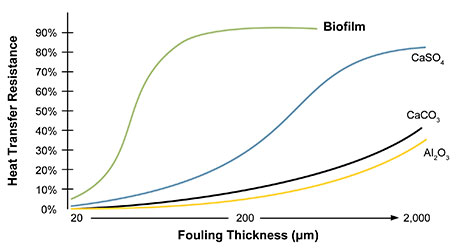
Figure 1: Heat transfer resistance of biofilm and typical mineral scales.
Not only does biofilm pose risks to reliable production, but it also provides an ideal habitat for pathogenic organisms such as Pseudomonas and Legionella to thrive in cooling water systems. These organisms can cause increased health and safety risks to plant personnel.
ClearPoint Biofilm Detection and Control
The ClearPoint program comprises three parts: the OnGuard™ 3B analyzer, proprietary chemistry and technical expertise. The analyzer, shown in Figure 2, employs an advanced ultrasonic probe to detect biofilm growth in water systems earlier than any other commercially available technology and thus allows for modeling and monitoring of real-time biofilm levels. Proprietary chemistry provides advanced microbiological control, often including a chlorine stabilizer chemistry that is used to produce a patented, in situ stabilized active chlorine solution. Solenis scientists and engineers provide the technical expertise to investigate problems, recommend and implement solutions, and deliver results.
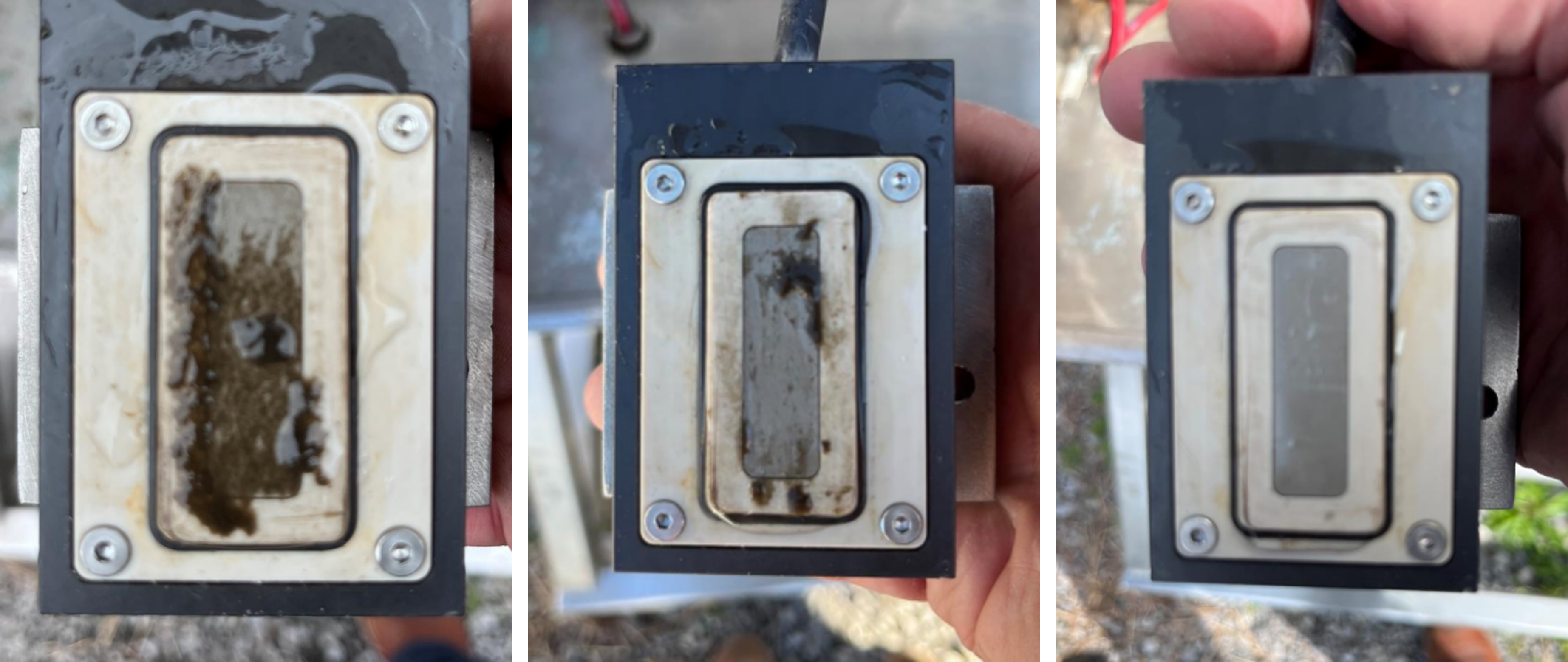
Figure 2: OnGuard 3B analyzer sensor target showing biofilm fouling before and after implementation of the ClearPoint program.
The unique solutions highlighted above are the foundation of Solenis’ ClearPoint biofilm detection and control program. This novel program provides a comprehensive safeguard against microbiological activity and biofilm in industrial water systems.
ClearPoint Program Successes
Solenis’ team of experts has had multiple successes implementing the ClearPoint program in various water intensive industries around the world.
A pulp and paper plant in the United States had significant biofilm and algae growth on its distribution deck and turned to Solenis for help. Figure 3 shows the cooling tower distribution deck before and after six weeks of treatment with the ClearPoint program. In addition to providing enhance cleanliness of the distribution deck, mild steel corrosion rates decreased by 50%. Similar successes have been seen in refinery systems as well.
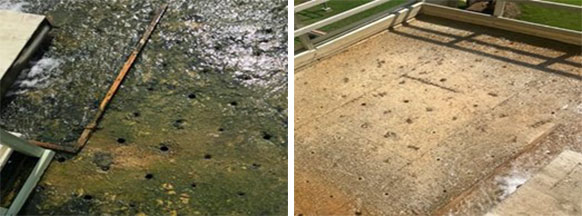
Figure 3: Cooling tower distribution deck before and six weeks after implementation of the ClearPoint program.
A refinery in the Southeastern part of the United States was experiencing issues with biofilm growth in its cooling tower and distribution deck, low flow rates in its heat exchangers, and higher-than-average corrosion rates. Prior to implementing the ClearPoint program, operators were cleaning the distribution deck 2-3 times per year. After switching programs, the biofilm in the cooling tower dispersed, the distribution deck cleared, and the flow rate increased through the heat exchangers. Refinery operators have not had to unexpectedly clean the distribution deck and there has been a 1-2°F decrease on approach to wet bulb on the splash fill towers. Figure 4 shows the decreased cleanings and failures that have occurred since 2012 when the ClearPoint program was implemented.
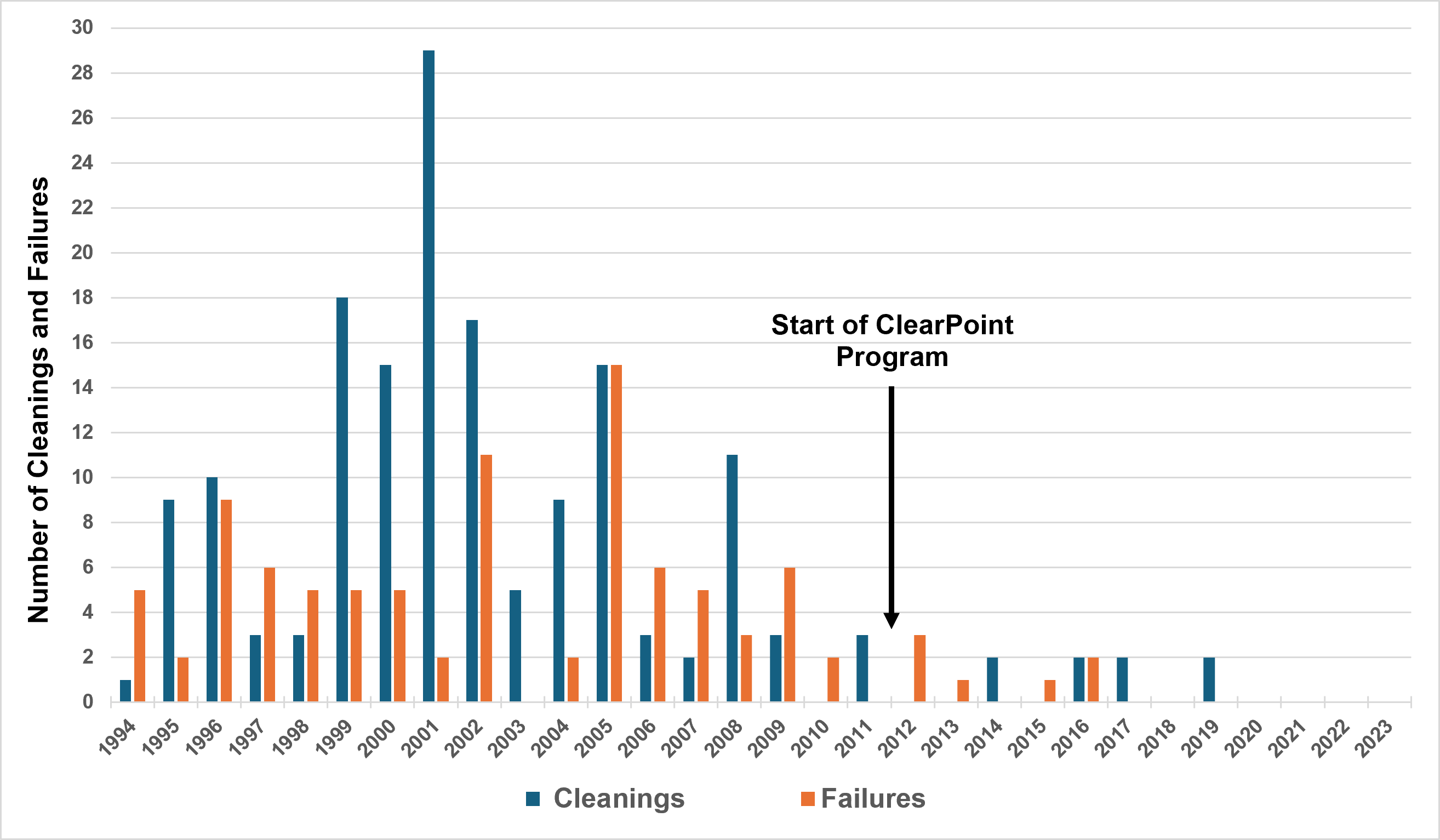
Figure 4: Heat exchanger cleanings and failures before and after implementation of the ClearPoint program.
In the Southwest region of Europe, a refinery in a drought-stricken area was trying to implement a circular water source and use gray water as a reliable source for cooling water and other processes. The refinery was using high amounts of hypochlorite to treat the tertiary water and if there was upset in the wastewater treatment plant, the water quality did not meet the requirements for reuse. Additionally, due to high free chlorine levels and oxidation-reduction potential, there were increased mild steel corrosion rates throughout the wastewater treatment plant. The Solenis team recommended the implementation of the ClearPoint program to control the biofilm growth in the tertiary system and to ensure required water quality for reuse. After implementation, there was a 50% reduction in corrosion rates and reduced total plate counts. The refinery was able to reduce hypochlorite consumption by 80% (see Figure 5) and maintain up to 100% of recycled water use when there were operational issues in the wastewater treatment plant. This savings accounted for a 575-ton reduction in carbon dioxide emissions.
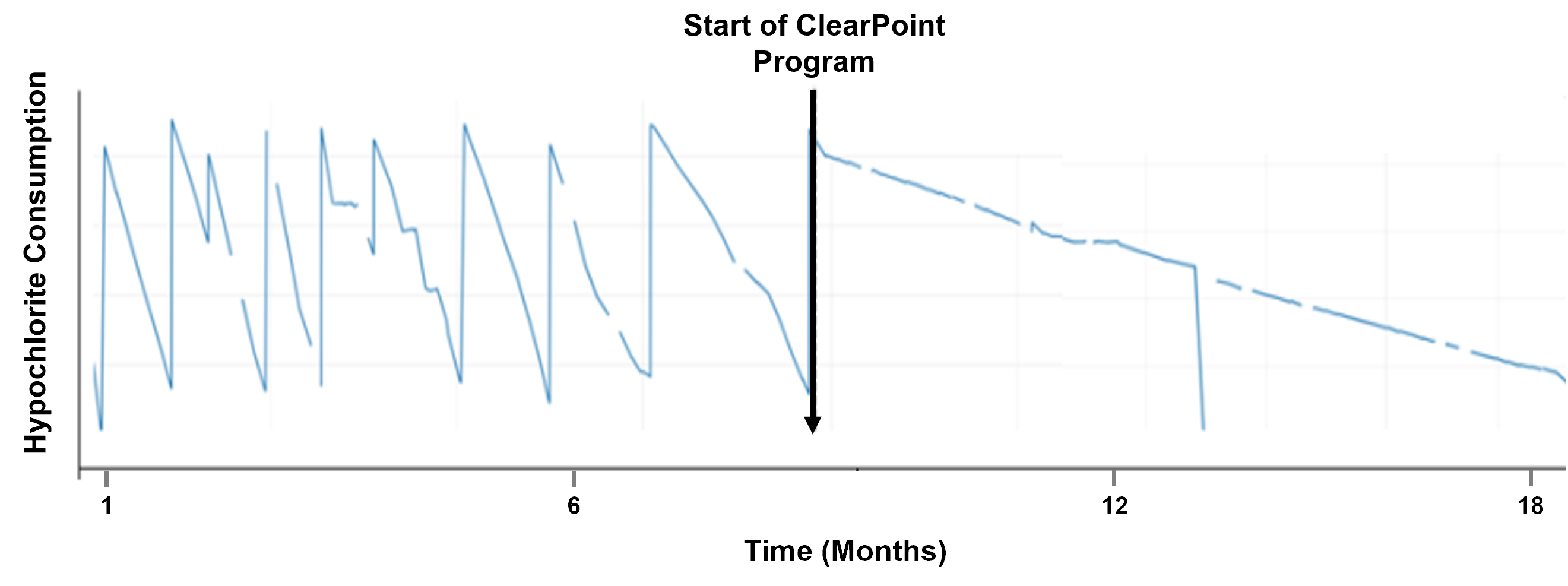
Figure 5: Reduction in hypochlorite consumption after implementation of the ClearPoint program.
To learn more about the ClearPoint program and how it can help your operation, please visit our ClearPoint webpage.
References
- Knudsen, J.G. and Roy, B.V. (1982, September 6-10). Influence of fouling on heat transfer [Conference presentation]. International Heat Transfer Conference 7, Munich, Germany.